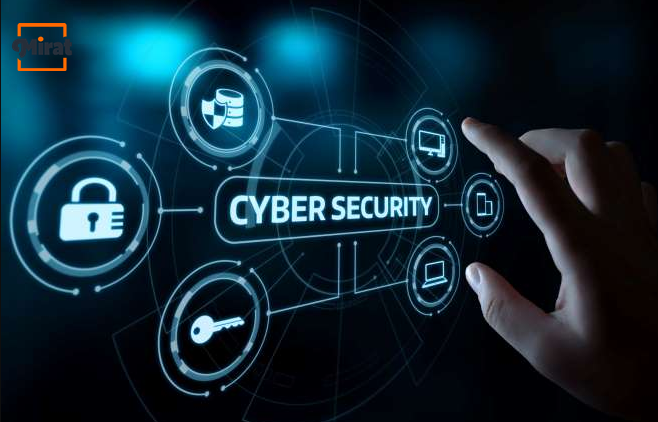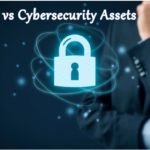Disruption risk, defined as the inability to innovate and adapt to new developments, client demand, or market upheavals, is ranked second in the area of impact, with 40% of company leaders citing it as their primary concern. Understanding Cyber Security Analysis offered by MIRAT is essential.
MIRAT examines how the COVID-19 epidemic has been the most significant catalyst for operational and strategic transformation in a generation, compelling organizations to adopt cybersecurity threat analysis. Not only has this increased the possibility of disruption from competitors, but it has also opened the door for hackers to exploit people quickly, processes, and networks that were unexpectedly exposed beyond the router firewall. In light of this, the work world of hazards was scored significantly higher than any other risk category by the executives questioned.
Investing in technology pays dividends.
The research defines technological risks as a failure to respond to shifting technological breakthroughs and opportunities. This was regarded as the top danger by 26% of corporate leaders in the United States and the United Kingdom.
44% of organizations report feeling ‘very prepared’ to conduct cybersecurity threat analysis. This increased resilience is large because successful businesses have leveraged a balance of astute recruiting and investment to guarantee they effectively manage this danger.
The threat of cybercrime is most acute in the United States.
Cybersecurity risk assessment, which encompasses IT-based threats influencing national infrastructure down to individual consumer data, data leaks, and staff error, are the highest-ranking category of technological risk. Additionally, in the United States, 55% of organizations feel completely ready to anticipate and react to cybersecurity risk assessment, compared to 34% in the United Kingdom.
Particularly concerning in the United States, where 38% of leaders rate cyber risk analysis first, compared to 29% in the United Kingdom. Additionally, in the United States, 55% of organizations feel extremely equipped to foresee and react to cyber risk analysis, compared to 34% in the United Kingdom.
IP’s blind spot.
Intellectual property (IP) risks, defined as the failure to acknowledge and protect the value of intangible assets such as technological know-how, trade names, patents, or other intangible assets, ranked last on the list of technology risks, with only 11% of business leaders citing this as a primary concern.
Given that intangible assets are the primary determinant of income value for many businesses, accounting for 75% of total business value globally, the low-risk classification assigned to IP is a potential weak point that may require more aggressive remediation, especially given that only 40% of businesses feel well-prepared to manage it.
Mirat.ai’s IT Infrastructure Management is Affordable & Easy to use! Get your Dashboard ready in only 5 Minutes. Request for Trial/Demo now (or) Contact our Team Now .
Contact Information:
Hema
Sales Executive
Phone: +1-315-636-4213
Email: sales@mirat.ai
Website: https://www.mirat.ai/


